The territory
The territory
Cupra Marittima, a small town in southern Marche, is a pretty and quiet seaside resort suitable for family with children vacations, thanks to a crystal clear sea characterized by shallow waters and finest white sand. It has boasted the Blue Flag for years (European certification for sea water quality) and uncrowded beaches. It is just minutes away from San Benedetto del Tronto, Ascoli Piceno and a few kilometers from the Sibillini Mountains.
The area is purely touristic and offers opportunities for food and wine tours, or cultural and artistic excursions. During the evenings, Cupra Marittima and adjacent towns offer tourist entertainment and seasonal markets aimed at supporting and promoting the antiques, crafts and culinary activities of the Piceno area.
The town has a long bike path that runs along the sea, which can also be traveled at night thanks to lighting, connecting Cupra Marittima to nearby Grottammare, San Benedetto del Tronto and Porto D'Ascoli for a total of 15 km. Thanks to its sandy shoreline and numerous palm trees, Cupra Marittima represents one of the most valuable centers of the well-known “Riviera delle Palme”.
The sea
and the mountains
Cupra Marittima, a small town in southern Marche, is a pretty and quiet seaside resort suitable for family with children vacations, thanks to a crystal clear sea characterized by shallow waters and finest white sand. It has boasted the Blue Flag for years (European certification for sea water quality) and uncrowded beaches. It is just minutes away from San Benedetto del Tronto, Ascoli Piceno and a few kilometers from the Sibillini Mountains.
The area is purely touristic and offers opportunities for food and wine tours, or cultural and artistic excursions. During the evenings, Cupra Marittima and adjacent towns offer tourist entertainment and seasonal markets aimed at supporting and promoting the antiques, crafts and culinary activities of the Piceno area.
The town has a long bike path that runs along the sea, which can also be traveled at night thanks to lighting, connecting Cupra Marittima to nearby Grottammare, San Benedetto del Tronto and Porto D'Ascoli for a total of 15 km. Thanks to its sandy shoreline and numerous palm trees, Cupra Marittima represents one of the most valuable centers of the well-known “Riviera delle Palme”.
Picenian itineraries
Discover the territory
-
Ascoli Piceno
-
S.Benedetto del T.
-
Grottammare
-
Ripatransone
-
Offida
-
Montefiore dell'Aso
-
Torre di Palme
-
Moresco
-
Altidona
-
Fermo
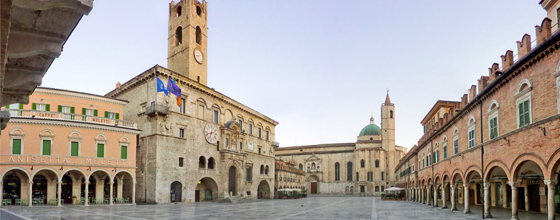
Piazza del Popolo, in Ascoli Piceno is one of the most fascinating squares of Italy, surrounded by Palazzo dei Capitani del Popolo, S.Francesco church and Meletti Café.
Ascoli, named the “town of one hundred towers”, is a typical medieval town with influences from Renaissance and Baroque. The travertino stone, mainly used to build houses, churches and squares, is the peculiarity of this unique and particular town.
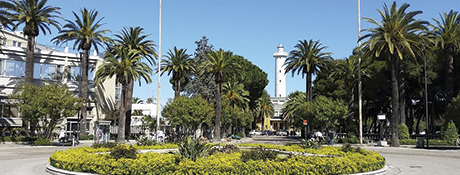
S. Benedetto del Tronto, main town of the "Riviera delle Palme", is characterized by the long rows of palm trees along the beach and the elegant promenade.
The Tower of the Gualtieri family, the Abbey and Piacentini Palace where the Sea Picture Gallery is placed are some of the most important cultural and architectural monuments of the ancient upstream village. The town offers countless attractions for people of every age.
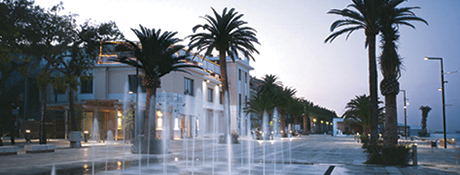
Grottammare, the Pearl of the Adriatic Sea, is a romantic village clinging to the hill, offering the beauty of its flowered promenade and the comfort of its bike paths along the beach.
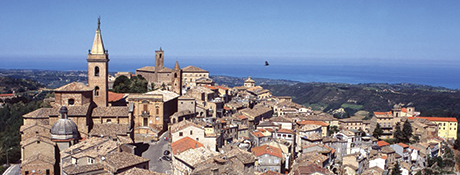
Ripatransone is also named "the Sightseeing of the Piceno area", thanks to the large view it offers from Monte Conero to Gran Sasso and Monti della Laga. It is remembered for "the narrower alley in Italy" (43 cms in total), that is even included in the Guinnes Book of Records.
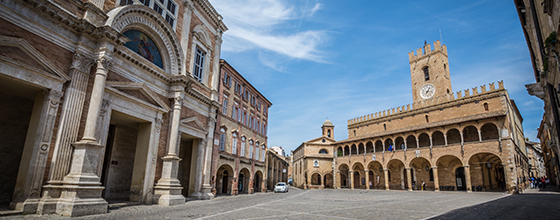
Offida a natural dimension where it is possible to recognise the spirit of this Picenum town: the smile of Offida women working on their lacepillow; the smile of a generous and welcoming nature; the smile of a tasty and reveller enogastronomy; the smile dominating the whole carnival that involves people of all ages; the pleasant and shared smile during the cultural events; the smile of a town that welcomes all its visitors. Unique centre of natural attractions, buildings and monuments of high historical value, an enogastronomy rich in typical products, high quality wines and precious pillowlaces.
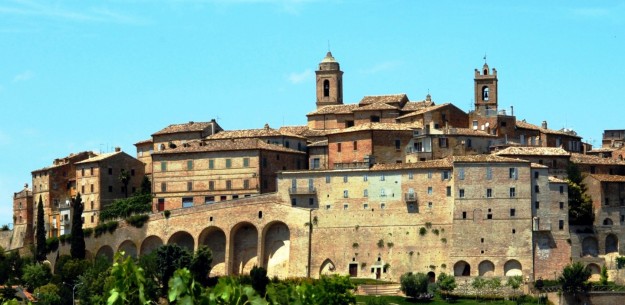
In this beautiful medieval town, located in between the valleys of the Aso river and the Menocchia torrent, you can discover the Collegiate Church of Santa Lucia, which is in the heart of the old town centre, the Adolfo De Carolis Hall, where the famous xylography “Dantes Adriacus” is safeguarded and the Domenico Cantatore Exhibition, renowned Italian painter and illustrator. Montefiore dell'Aso is characterized by fortifying surrounding walls and six towers, dated back to the 15th and 16th centuries. Montefiore is listed among the most beautiful old towns in Italy.
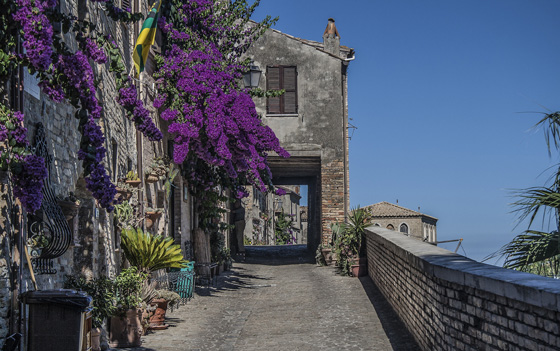
Torre di Palme is regarded as a panoramic viewpoint on the Adriatic Sea, thanks to its dominant position on the top of a hill. The old town center is marked by medieval and renaissance elements and it is surrounded by the Boschetto di Cugnolo (Cugnolo Wood), protected floristic area. Another interesting destination of excursions is the Grotta degli Amanti (Lovers Cave), stage of the fatal love of Antonio and Laurina during the First World War. Torre di Palme is listed among the most beautiful old towns in Italy.
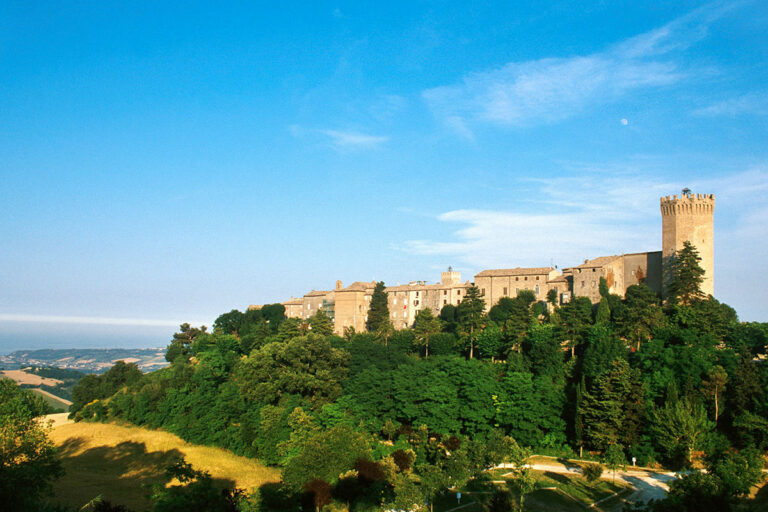
Moresco strategic position on the peak of a hill, just above Aso Valley, allows visitors to enjoy the wide panoramic landscape from Mount Conero to Gran Sasso Mountain. The triangular shape of the old town has at its summit the heptagonal Tower from the 12th century, house of several art pieces and exhibitions. Moresco is listed among the most beautiful old towns in Italy.
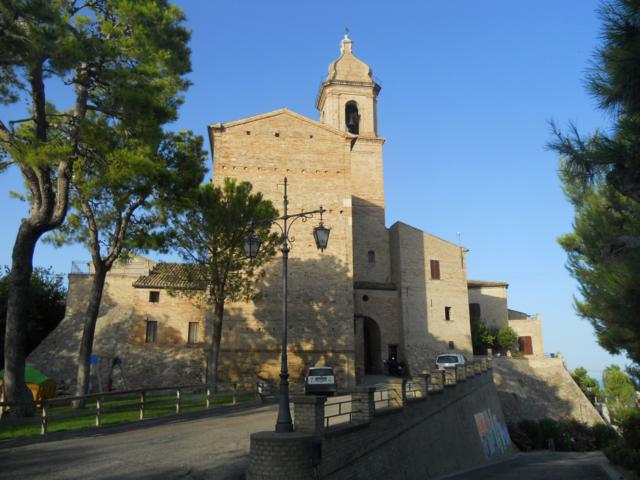
The roots of this town are ancient and trace back to old civilizations such as the Greek Pelasgians, the Picentes and the Romans. Altidona features medieval walls, a watchtower that guards over the Aso Valley and an art panel by Vincenzo Pagani, La Madonna con il Bambino, Due Santi e Donatore, located in the parish church. Altidona is also home to the Fermo Province Photographic Archive, which displays the history of Fermo and surrounding areas.
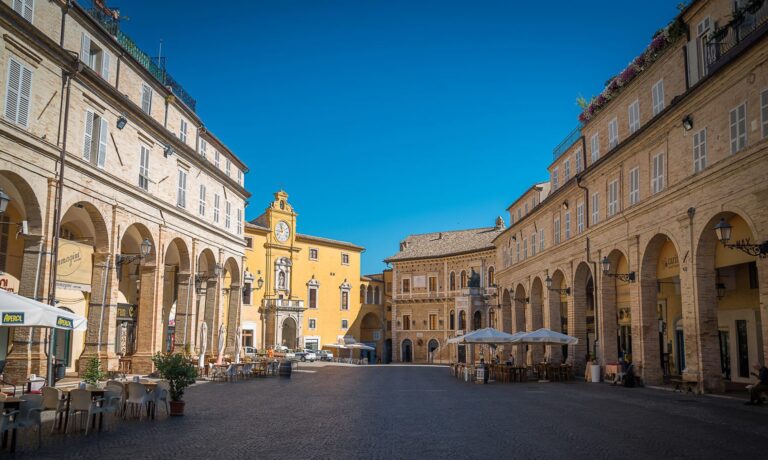
Fermo is a former Roman colony, then medieval feud and university town, nowadays it's the central core of the famous Footwear District in Marche region. Fermo safeguards some of the most important archeological and cultural locations in the Marche region. Its long and noble history can be felt in the Roman cisterns, the Santa Maria Assunta cathedral, the Renaissance Piazza del Popolo and the Aquila Theatre.
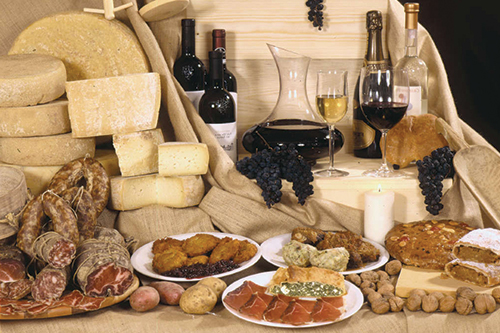
The Piceno area is an inexhaustible mine of flavours. Farmers use ancient processing techniques respecting the environment and thus getting very high quality products. Among which: Olive all'ascolana (stuffed olives), and Fritto all'ascolana (fried meat and vegetables). The soft olive from Ascoli (with DOP identification), the esteemed white truffle, the fish soup from San Benedetto, the "Timballo" (a special kind of stuffed pasta whose local name is "Vincisgrassi"), the "Cacciannanze" (the famous country bun from Ascoli), the Ciauscolo (a fresh sausage with pig identification), the drawing bronze fresh pasta and last but not least cakes such as "lu Frustingo" (with dried fruit and figs) and "la Cicerchiata" (small fried balls of sweet pasta soaked in honey) are also to be found here.
Several wineries produce high level wines such as Rosso Piceno, Rosso Piceno Superiore, Offida Rosso, Pecorino, Passerina and Falerio which have been granted the DOC and DOCG identifications. In the area of Ascoli "Vino Cotto" (boiled wine), Mistrà and Anisetta (anise flavoured liquor) liquors are produced.

Tourists can match sports and amusement in Cupra Marittima thanks to the new cycling path which runs along the sea and connects our town to the nearby Grottammare, San Benedetto del Tronto and Porto d'Ascoli. You can practice jogging and run along the beautiful seafront both by foot and by bike. For the mountainbike lovers, there is a track from the hills to the sea, crossing the neighbouring villages of Massignano, Montefiore and Ripatransone.
The club "Cupra a Vela" offers windsurf and kitesurf courses and catamaran tours. If you want to play with your friends, you can reserve tennis courts and soccer fields. Close to the town, you can also find a Golf Club and a Motor Park.

Residenza Marano is located in an area which has always been famous for its artisan shoemakers and leather craftsmen. That is why our hosts will be able to go shopping taking advantage of thousands of famous brands selling points such as Prada, Tod's, Fay, Hogan, Premiata, Cesare Paciotti, Fornarina, Nero Giardini, Loriblu, Geox, Naturino and many more!
Moreover there are lots of shopping centres in the area (Civitanova Marche, Casette d'Ete e Montegranaro) which allows shopping at profitable prices!


